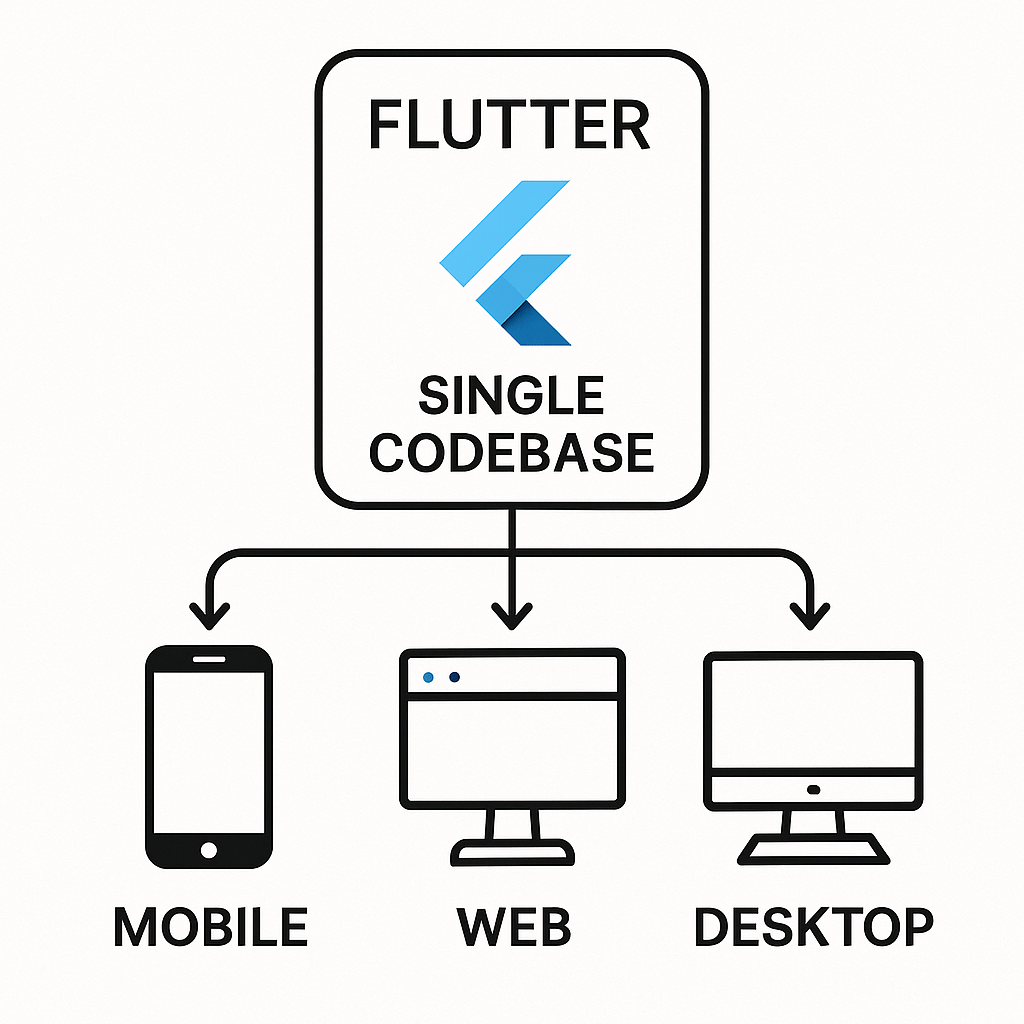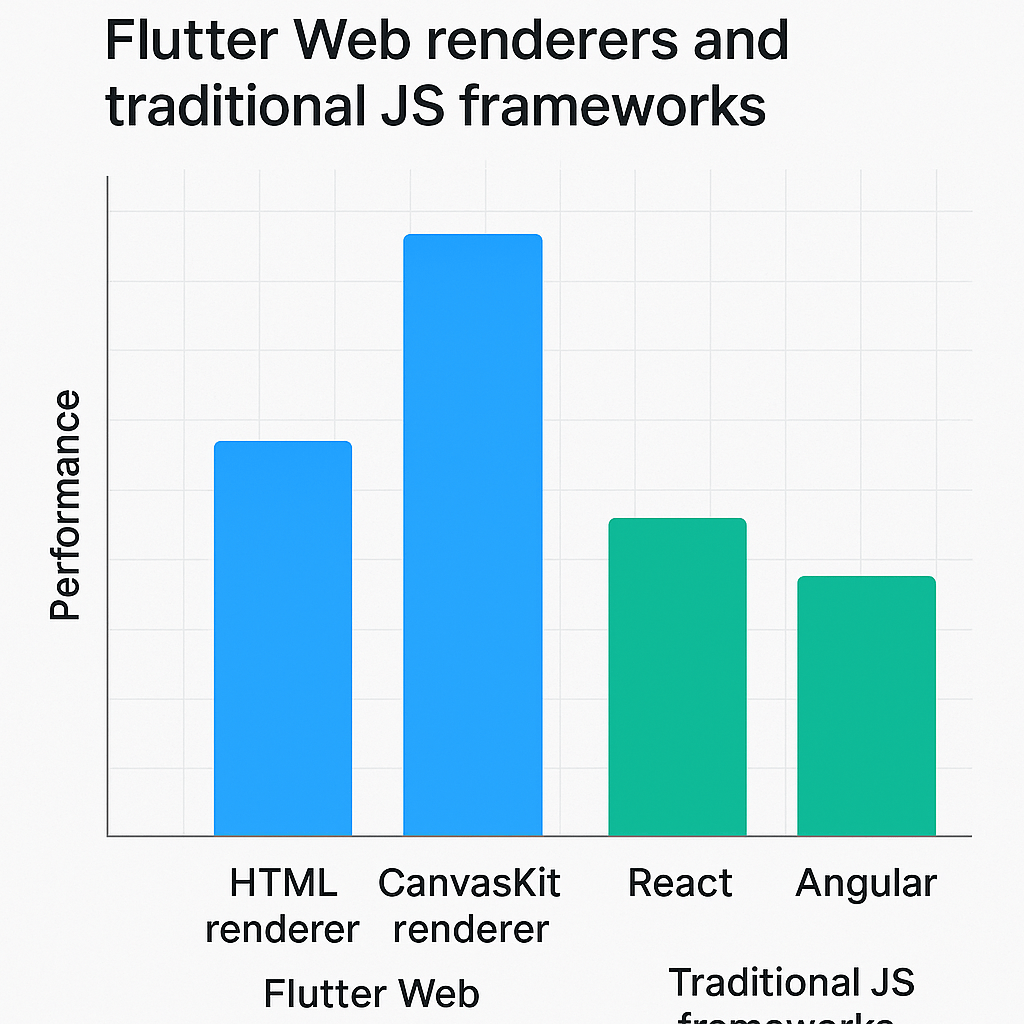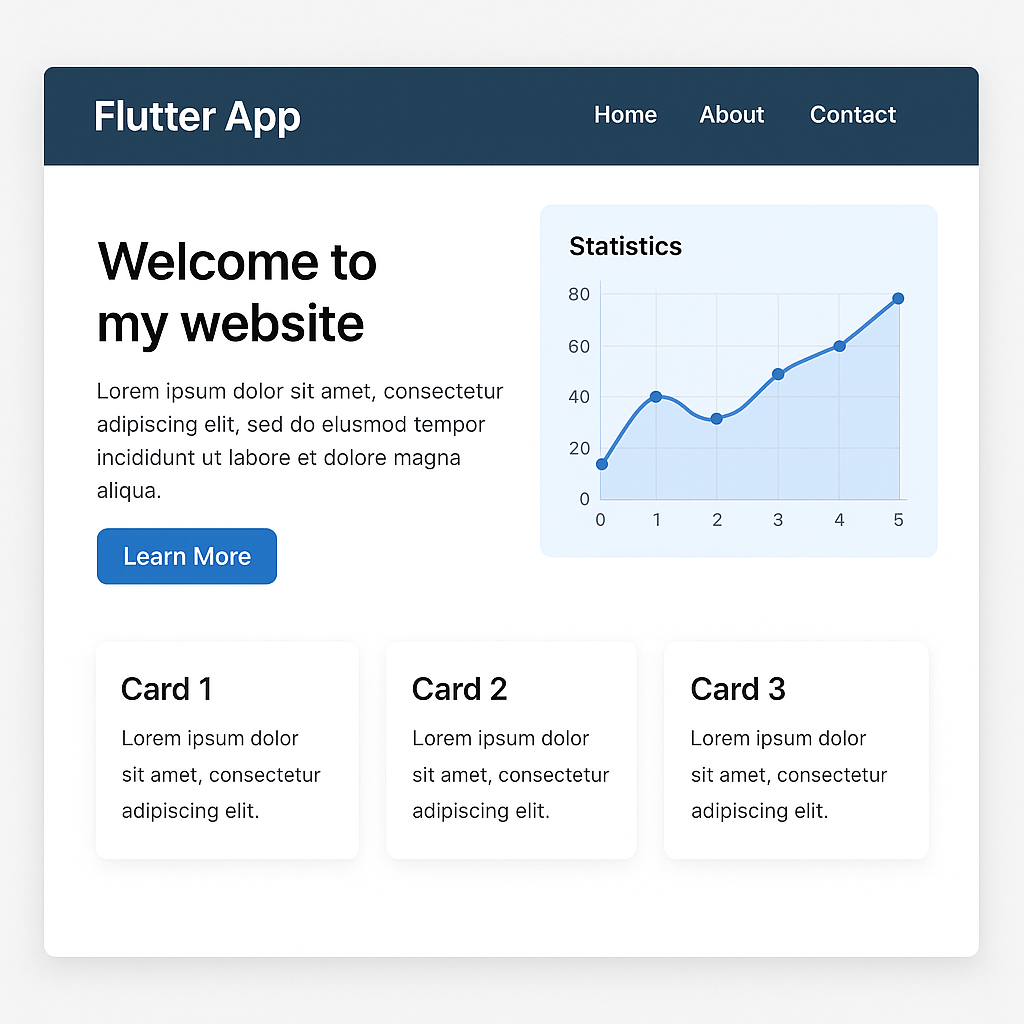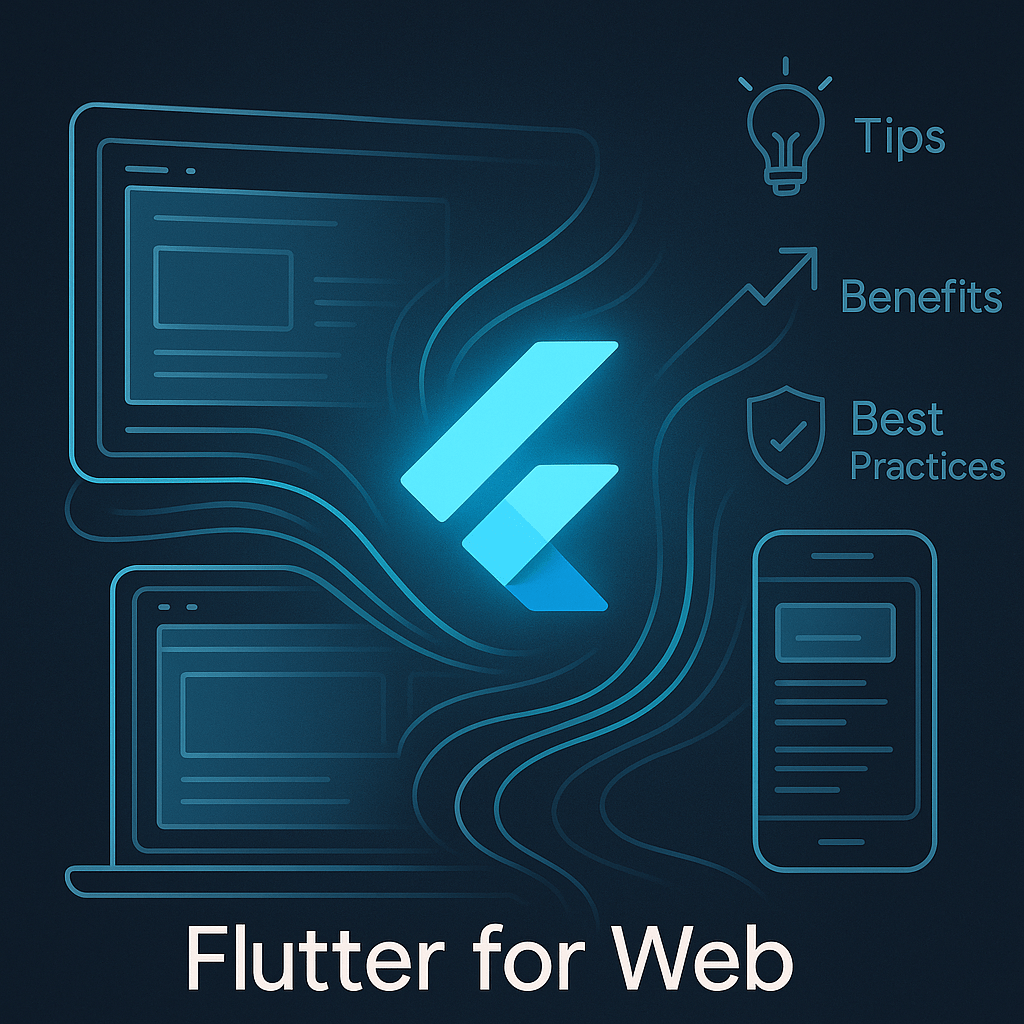Why Choose Flutter for Your Next Web Project?
Once considered an experimental target, Flutter for web has matured into a stable and powerful solution for building rich, interactive web applications. The primary allure remains its promise of a single codebase. Imagine writing your application once and deploying it seamlessly to iOS, Android, and now, modern web browsers. This isn’t just a matter of convenience; it’s a strategic advantage that reduces development time, minimizes maintenance overhead, and ensures brand consistency across your entire digital ecosystem. This efficiency is a key reason why Flutter has become the most used cross-platform mobile framework, with 46% of developers adopting it in 2023 (Statista, 2023). As web support continues to improve, its appeal for web-only or web-first projects is growing exponentially, particularly for Progressive Web Apps (PWAs), single-page applications, and internal admin panels where a rich, app-like experience is paramount.

Key Benefits of Flutter for Web
Unmatched UI Consistency
The most significant advantage of using Flutter for web is the guarantee of pixel-perfect UI consistency. Unlike traditional web development, which relies on HTML and CSS that can be interpreted differently by various browsers, Flutter takes a different approach. It bypasses the browser’s rendering tree and uses its own high-performance rendering engine to draw every pixel on a canvas element. This means your beautifully crafted interface will look and feel exactly the same on Chrome, Safari, Firefox, and Edge, eliminating countless hours of debugging cross-browser compatibility issues. This level of control, powered by the impressive Flutter’s rendering engine, is a game-changer for brands that require a consistent user experience across all touchpoints.
Accelerated Development Cycles
The efficiency of a single codebase directly translates into accelerated development cycles. When you don’t have to maintain separate teams or codebases for web and mobile, you can ship features faster and iterate more quickly. Flutter’s famous Hot Reload feature, beloved by mobile developers, is fully available for web development. It allows you to inject code changes into a running application and see the results instantly without losing state, dramatically speeding up the UI building and bug-fixing process. This rapid feedback loop empowers developers to experiment, refine, and perfect the user experience in a fraction of the time it would take with traditional web frameworks that require slow, full-page reloads.

High-Performance Experiences
Flutter for web offers developers a choice between two powerful web renderers to best suit their project’s needs. The HTML renderer uses a combination of HTML, CSS, and Canvas to create a lightweight output with a smaller download size, making it ideal for applications where initial load time is critical. For applications demanding the highest fidelity and performance, the CanvasKit renderer comes into play. It uses WebAssembly to compile and run the Skia graphics engine directly in the browser, offering a rendering path that is much closer to native desktop and mobile performance. This flexibility allows you to make a strategic choice between broad compatibility and raw power, ensuring your web app performs optimally for its intended use case. You can find more details in Flutter’s official web documentation.
Best Practices for Building with Flutter for Web
Optimize for the Web Environment
Building for the web comes with a unique set of user expectations. It is crucial to adapt your Flutter application to feel native to the browser environment. This means implementing proper URL routing using packages like go_router to ensure deep linking and browser history work as expected. Pay close attention to SEO (Search Engine Optimization), which can be a challenge since search engine crawlers may struggle with canvas-rendered content. Techniques like pre-rendering or serving a lightweight HTML version to bots can mitigate this. Finally, ensure fundamental browser interactions like text selection, mouse cursor changes, and right-click context menus are supported to provide a familiar and intuitive user experience.
Responsive Design is Non-Negotiable
A web application must be fully responsive, adapting its layout gracefully from a small mobile browser to a large desktop monitor. Flutter’s declarative UI model makes creating responsive layouts straightforward. Leverage widgets like MediaQuery to get screen size information, LayoutBuilder to make decisions based on a parent widget’s constraints, and AspectRatio or FittedBox to scale UI elements effectively. Creating a responsive UI isn’t just about resizing components; it’s about rethinking the entire layout to provide an optimal experience on any screen.
| Widget | Common Use Case |
|---|---|
MediaQuery |
Getting global screen size, orientation, and platform brightness. |
LayoutBuilder |
Building a widget tree based on the parent widget’s constraints. |
OrientationBuilder |
Switching between portrait and landscape layouts. |
Flexible/Expanded |
Creating flexible layouts within a Row or Column. |
State Management and Performance
Efficient state management is critical for a performant Flutter web app, just as it is for mobile. Every unnecessary widget rebuild consumes resources and can lead to a sluggish user interface. Adopting a robust state management solution is not optional; it’s a necessity. For a deeper look at your options, you can deep dive into Flutter state management and explore popular libraries like Provider, BLoC, and Riverpod. These solutions help you separate business logic from UI code, making your application easier to test, maintain, and scale while ensuring that only the necessary parts of your UI are rebuilt when data changes.
Getting Started and Overcoming Challenges
Enabling web support for a Flutter project is as simple as running flutter config --enable-web and then flutter create . in an existing project’s directory. While the benefits are clear, it’s important to be aware of the challenges. The initial download size can be larger than that of a traditional JavaScript website, especially when using the CanvasKit renderer. Careful asset management and code splitting can help reduce this. SEO, as mentioned, requires deliberate planning.
| Feature | Pro | Con |
|---|---|---|
| Development | Single codebase, Hot Reload, fast development. | Dart ecosystem is smaller than JavaScript’s. |
| Performance | Near-native speed with CanvasKit, smooth animations. | Larger initial load size can impact performance metrics. |
| UI | Pixel-perfect consistency across all platforms. | SEO and text selection can require extra work. |

Flutter for web represents a paradigm shift, offering a compelling alternative for building visually rich and consistent web applications. It excels in scenarios where a single codebase and high-fidelity UI are more important than initial page load speed or organic search ranking. By understanding its strengths and best practices, you can leverage Flutter to build stunning web experiences. If you’re ready to unify your development efforts, now is the perfect time to start getting started with Flutter for your next project. Dive in and see what you can build.
To master these concepts and more, explore Kodeco’s comprehensive Flutter learning paths and accelerate your journey to becoming a cross-platform expert. You can also review Google’s own Flutter web samples for inspiration.

Leave a Reply